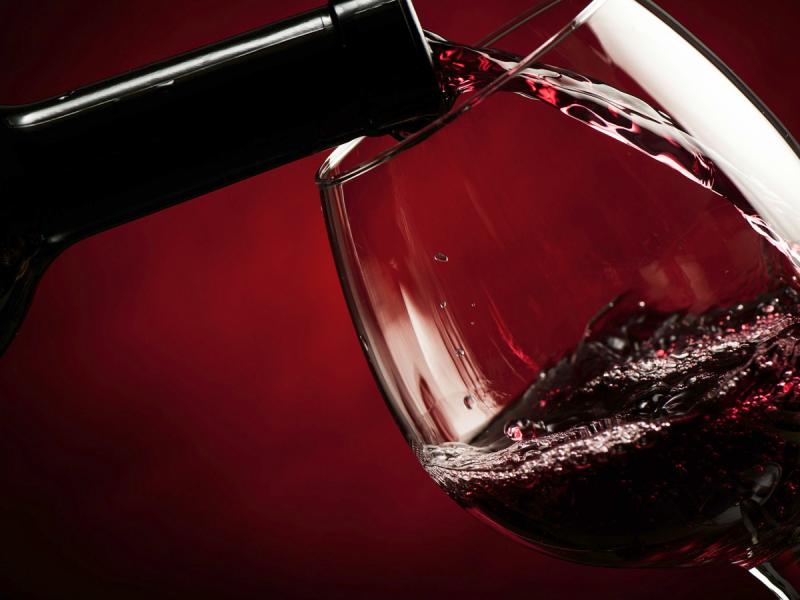Big props to Cape! Cape High wrestlers handily won the most team points at last weekend’s State Wrestling Championships, held at Cape, with 264. The top three teams were from our region, Sussex Central 254 and Milford 252. I’m sure Fredman has it well covered in our sports section.
Interesting news on the wine tariff front. Regular Readers know that since October 2019 there is a 25 percent tariff on Euroland wine, provoked by the large subsidies given to Airbus by several Euroland wine countries. The battle has raged 16 years and was resolved when the World Trade Organization allowed imposition of the countervailing tariffs at $7.5 billion. Of course, Boeing shot itself in the head with the “Nightmareliner” aka 737 Max, and now the Dreamliner is coming into question as well. So, this will continue to play out. Most are unaware, however, that wine tariffs only affect Euro wines with 14 percent and under alcohol by volume. Those wily Euroland wine wise guys have a solution in the works. Longer ripening, higher sugar, higher ABV. This solution also plays into the global warming issues. As we’ve discussed (RRs may groan here and exclaim, “ad nauseum”), temperature during the season and hang time are primary drivers for the sugar/ABV equation. Smart wine people have picked part of the crop earlier, since less ripening provides less sugar, for later blending to lower ABV and provide acidic freshness. They also use cold fermentation, which allows them to stop fermentation nearly on a dime. Much of this info was gleaned from an informative piece by W. Blake Gray, one of my go-to guys. Look for reds from the southern tier to move first 2019 vintage and the Euro Rosés, most of which were bottled already, in 2020. Colder-climate wines from Germany, Hungary, Austria and Alpine climes are unlikely to take this avenue. Sparklers were exempted.
Oak Farm Vineyards Zinfandel Lodi 2017 under $20 is a very solid 89 McD points. Read the label carefully; this is not their Zin Tievoli. The Lodi is dark colored with eucalyptus, cedar, dark chocolate and barrel notes. I was truly impressed by their Chardonnay; made in the old buttery style. Golden color opens to apples, crème brulée, butter, pineapple and caramel. Supported with sufficient acid/tannin frame, the palate shows ripe fruit, vanilla, cream and sea breeze mineral notes. Medium finish with umami smoothness, clean with some tannin and oak still showing, which says cellar time available.
It is rare to find this type value. Creative Palate recommended Domaine Bousquet Gaia Red Blend 2018 to continue the string of winners from this Argentine Tupungato location. FYI, Gaia was born from Chaos, the great void of emptiness within the universe, and with her came Eros. She was the Earth Mother Goddess who ancient mythology credits as mom of the Titans, Giants and Cyclopes. The dad was Uranus. Interesting because she also birthed Pontus (sea) and Uranus (sky). This was way before the gods and goddesses in “Clash of the Titans,” who were her grandchildren. Those gods’ mom was Rhea, who bore Zeus, Demeter, Hades, Hera, Hestia, and Poseidon among others. How many knew or remembered that? This Gaia is a McD 92. Tim Atkins says 93. Drum roll please, $14 and I saw a NY ad at $168/case. Folks, keep your eyes peeled or ask your wine pal to get you some. It has 50 percent Malbec, 45 percent Syrah and Cab aged 10 months in French oak. Dark violet-tinged red color; snort up blackberry and cherry highlighted by black pepper and barrel notes. Tart cherries repeat on the very smooth crisp palate with more barrel spice. Although Gaia is 14.6 ABV, it did not drink hot. The Bousquet Virgen Organic 2018 is a different red blend; it costs about $13. Strawberry, spice aromas, fruit-forward palate with mild licorice finish. Almost forgot, the Gaia is also made of organic juice. Another side note, many organic labels come from reworked old vineyards. Arguably that practice works legally. Domaine Bousquet started with clean dirt so you can be assured their product is organic. They produce 4 million liters/year and are the leader in Argentinean organic producers.
















































